- info@shikharadventure.com Get Travel Expert Advise
- +977 9841869254 (Dambar) Viber & Whatsapp
Dashain Festival - The Most Celebrated Nepalese Holiday
The Dashain Festival, the grandest of Nepalese holidays, is a time of joy, family, and tradition. As one of the most significant festivals in Nepal, it brings the entire country together in celebration. This blog explores the cultural and spiritual significance of Dashain, its various rituals and customs, and the joyous atmosphere that pervades every corner of the nation during this festive season.
Understanding Dashain Festival
Dashain, also known as Vijaya Dashami, is a Hindu festival celebrated with great zeal and enthusiasm in Nepal. It typically falls in September or October, depending on the lunar calendar. The festival lasts for 15 days, with the most important days being the last 10, known as "Dashami" in Nepali.
The Spiritual Significance of Dashain
At its core, Dashain is a Hindu festival that commemorates the victory of the goddess Durga over the demon king Mahishasura. It symbolizes the triumph of good over evil. During Dashain, Nepalese people worship various forms of Durga, especially the goddess "Goddess Taleju." This worship includes offerings of flowers, fruits, and animal sacrifices.
The Epic Tale of Dashain
One of the most popular and widely recognized stories associated with Dashain is the tale of Lord Ram's victory over the demon king Ravana. According to Hindu mythology, Lord Ram, an avatar of Lord Vishnu, killed Ravana during this time. People perform a special ritual known as "Phulpati" on the seventh day of Dashain, which commemorates Lord Ram's return to Ayodhya after his victory.
The Symbolic Tika and Jamara
One of the most significant aspects of Dashain is the application of "Tika" and "Jamara." Elders bless the younger members of the family by applying a mixture of yogurt, rice, and red vermillion to their foreheads. This ritual symbolizes the granting of power, protection, and blessings. Elders also offer "Jamara," which are barley grasses grown and kept throughout the festival. Receiving the Tika and Jamara is a sign of respect and love.
Family Reunions and Togetherness
Dashain is a time when families come together, regardless of where they are in the world. It's a festival that transcends borders and unites loved ones. People return to their ancestral homes to celebrate with their families. The atmosphere is filled with love, laughter, and the joy of togetherness.
The Kite Flying Tradition
Kite flying is a beloved tradition during Dashain. The sky becomes a canvas of colorful kites as people of all ages engage in friendly competitions. The kites soaring in the clear blue sky symbolize the victory of good over evil.
Delicious Dashain Delicacies
Dashain is a time for feasting, and every Nepalese household prepares a sumptuous spread of traditional dishes. Some of the must-try foods during Dashain include "sel roti," "yomari," and "khasi ko masu" (goat curry). The rich flavors and variety of dishes make this festival a food lover's paradise.
Vibrant Cultural Dress
Dashain is a time when people don their finest traditional attire. Men can be seen wearing "daura suruwal" and "dhaka topi," while women adorn themselves in beautiful "gunyu cholo." The vibrant colors and intricate designs of these outfits are a sight to behold.
Observing Dashain in Different Regions of Nepal
While Dashain is celebrated throughout Nepal, different regions may have their unique customs and traditions associated with the festival. For example, in the Terai region, the festival often involves buffalo racing and other exciting events. Understanding these regional variations adds depth to the celebration.
Dashain and the Symbol of Renewal
Dashain marks the end of the monsoon season in Nepal and the beginning of the cool, dry winter. This transition is a symbol of renewal and new beginnings. It's a time when people clean their homes and start afresh in every aspect of life.
The Challenge of Animal Sacrifice
One of the most debated aspects of Dashain is the tradition of animal sacrifice. While the practice remains a part of the festival, there is a growing awareness about animal rights and the need for more humane practices. Many families now opt for symbolic rituals to honor tradition while respecting the welfare of animals.
Dashain Today: Blending Tradition and Modernity
In today's globalized world, Dashain has evolved. Modern technology and communication have made it easier for families living abroad to participate in the celebrations through video calls and online interactions. Dashain has adapted to the changing times, emphasizing the importance of staying connected.
Spreading Joy and Unity
Dashain is a festival of unity, love, and happiness. It fosters a sense of belonging, not only among the Nepalese but also among those who join in the celebrations. The shared joy and cultural exchange contribute to the beauty of this festival.
"Embrace change with open arms, Dashain! Let's explore new horizons and welcome exciting possibilities."
As Nepal continues to evolve and embrace change, Dashain will remain a steadfast cultural and spiritual pillar. It will continue to bring together families, communities, and the nation as a whole in a celebration of love, togetherness, and the enduring spirit of Nepal.
In conclusion, Dashain Festival is more than just a celebration; it's an embodiment of the rich cultural heritage and spiritual traditions of Nepal. It's a time when bonds are strengthened, love is shared, and the victory of good over evil is celebrated with great enthusiasm. Dashain transcends generations, bringing people together in a spirit of unity and joy, and it remains one of the most cherished holidays in Nepal.
Recent Post
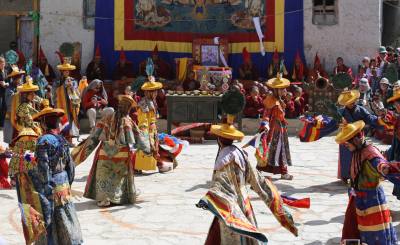
Exploring the Enchanting Mustang Valley: A Must-Visit Destination in 2023
Trekking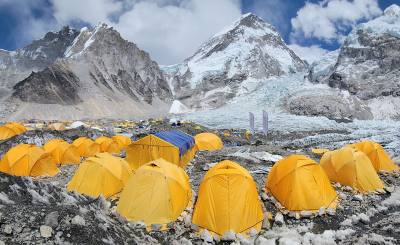
International Mt. Everest Day | 70 years of Amazing Accomplishments
Others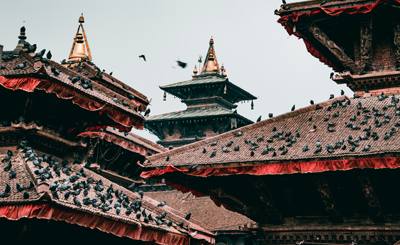
Nepal: A Melting Pot of Culture, Tradition, and Hospitality
Others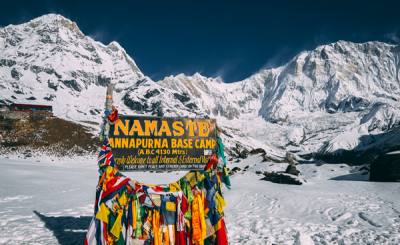
Annapurna Trek Guide: A Majestic Himalayan Adventure to Remember
Trekking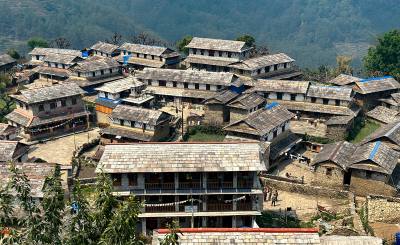
Ghandruk - A Cultural and Natural Heaven in the Annapurna Range
Trekking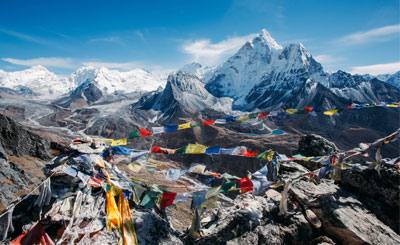
Surviving the Everest Base Camp Trek: Overcoming the Challenges of Altitude and Weather
Trekking


